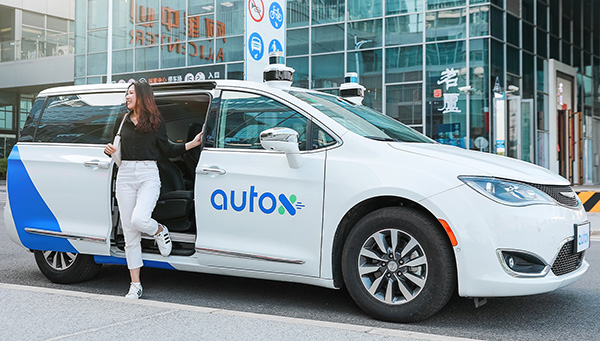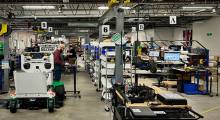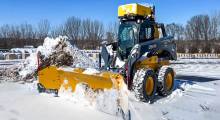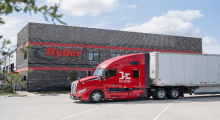Last week, AutoX Inc. marked the first 100 days of its fully autonomous robotic taxicab service in Shenzhen, China. The company was among the first to get permission from municipal authorities in China and California for ride-hailing operations without safety drivers.
Most testing of self-driving cars to date has included safety drivers, who can take the steering wheel in the case of an intervention to deal with unexpected road conditions, unpredictable human drivers, or pedestrians and cyclists. As progress gradually continues toward SAE Level 5 autonomous vehicles, including trucks, safety drivers are starting to be phased out in favor of remote monitoring and intervention.
However, significant challenges remain, including local regulations, the need for the perception and decision-making technology to mature for dynamic environments, and infrequent but serious safety incidents such as a fatal Tesla accident last month.
In addition, automakers are concerned about the cost of sensors, artificial intelligence software, and other components before autonomous vehicles can be deployed at scale. The race to driverless vehicles continues to be very competitive, with billions of dollars in investments and consolidation.
Shenzhen-based AutoX replied to the following questions from Robotics 24/7 about its RoboTaxi deployment:
RoboTaxi finds rapid acceptance
What was the biggest lesson from the first 100 days of AutoX RoboTaxi operation?
The speed of social acceptance for fully self-driving cars is much quicker than we expected. Most people just need two to three minutes in the car before totally getting used to it. This is much shorter than we originally expected.
What did ride-hailing passengers have to say about the autonomous service?
They loved it! Most people want to have this everywhere in the country.
What is the distance of the average autonomous RoboTaxi trip?
Around a 20 minute-ride on average.
Did the RoboTaxis follow a preset route, or were they able to move about the entire city?
AutoX’s RoboTaxi is any point to any point. It is a ride-hailing service. There is no fixed route.
How closely has AutoX worked with the local government in Shenzhen?
AutoX has been working very closely with the local authorities in order to get the permission to operate fully driverless cars on city roads for the general public.
Are there plans to work with other municipalities or the national authorities?
Certainly, our goal is to run our RoboTaxi service everywhere in China.
AutoX rolling out to China and beyond
What is the next step for AutoX—do you have plans to roll out this offering in other cities in the near future?
Yes. We already have fleets testing in four major cities in China: Shenzhen, Guangzhou, Shanghai, and Wuhan.
AutoX has partnered with Honda, lidar maker RoboSense, and others to make its vehicles smarter. What aspects of autonomous driving are you still working to refine?
We are working very hard to launch our Generation 5 system soon.
In July 2020, the California Department of Motor Vehicles issued a permit to AutoX allowing the company to test a RoboTaxi without a safety driver in San Jose. Is AutoX looking to offer its RoboTaxis internationally?
Yes. The China market is our focus at the moment. But we will certainly extend to go beyond China.
About the Author
Follow Robotics 24/7 on Linkedin
Article topics
Email Sign Up
















